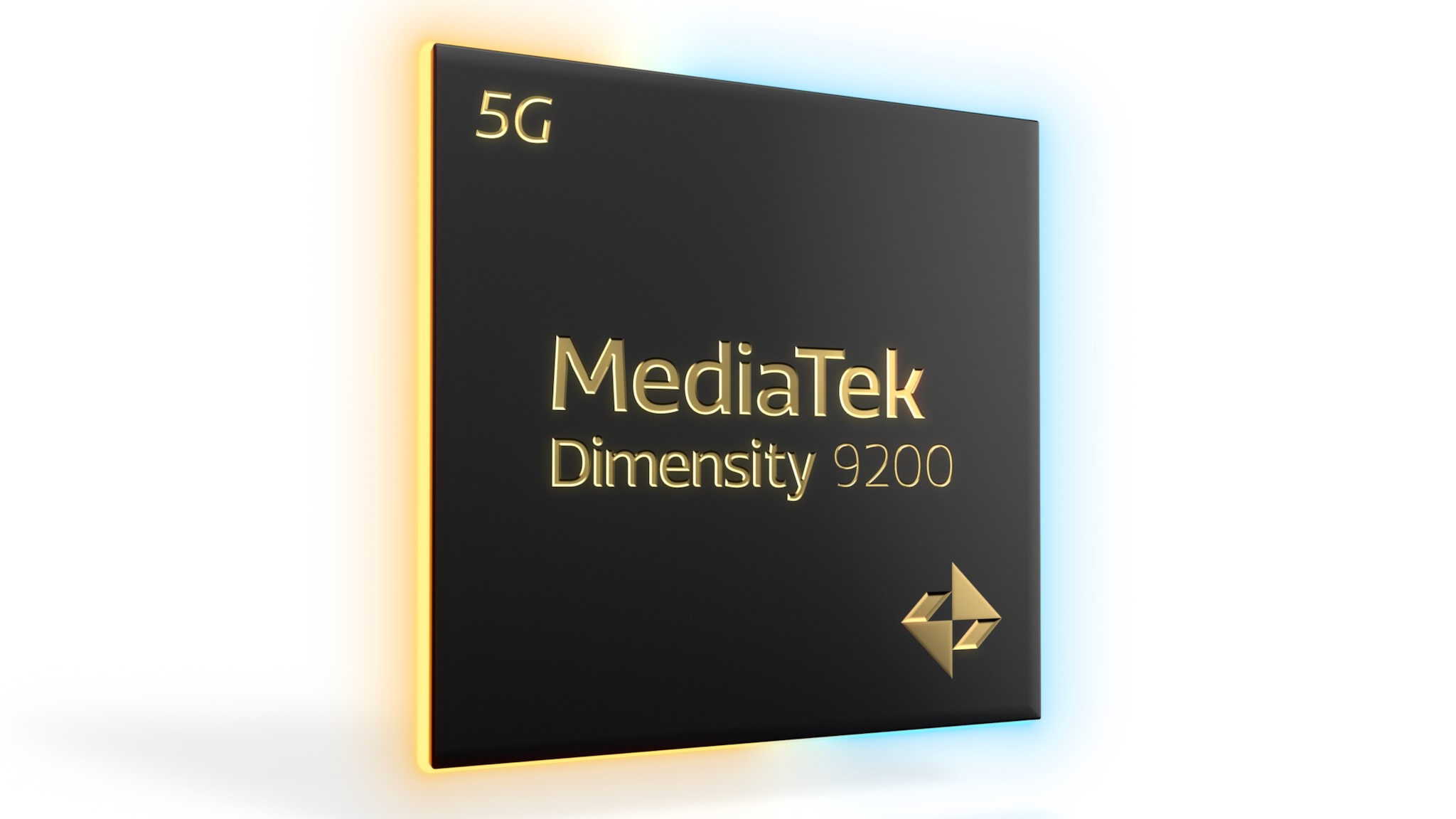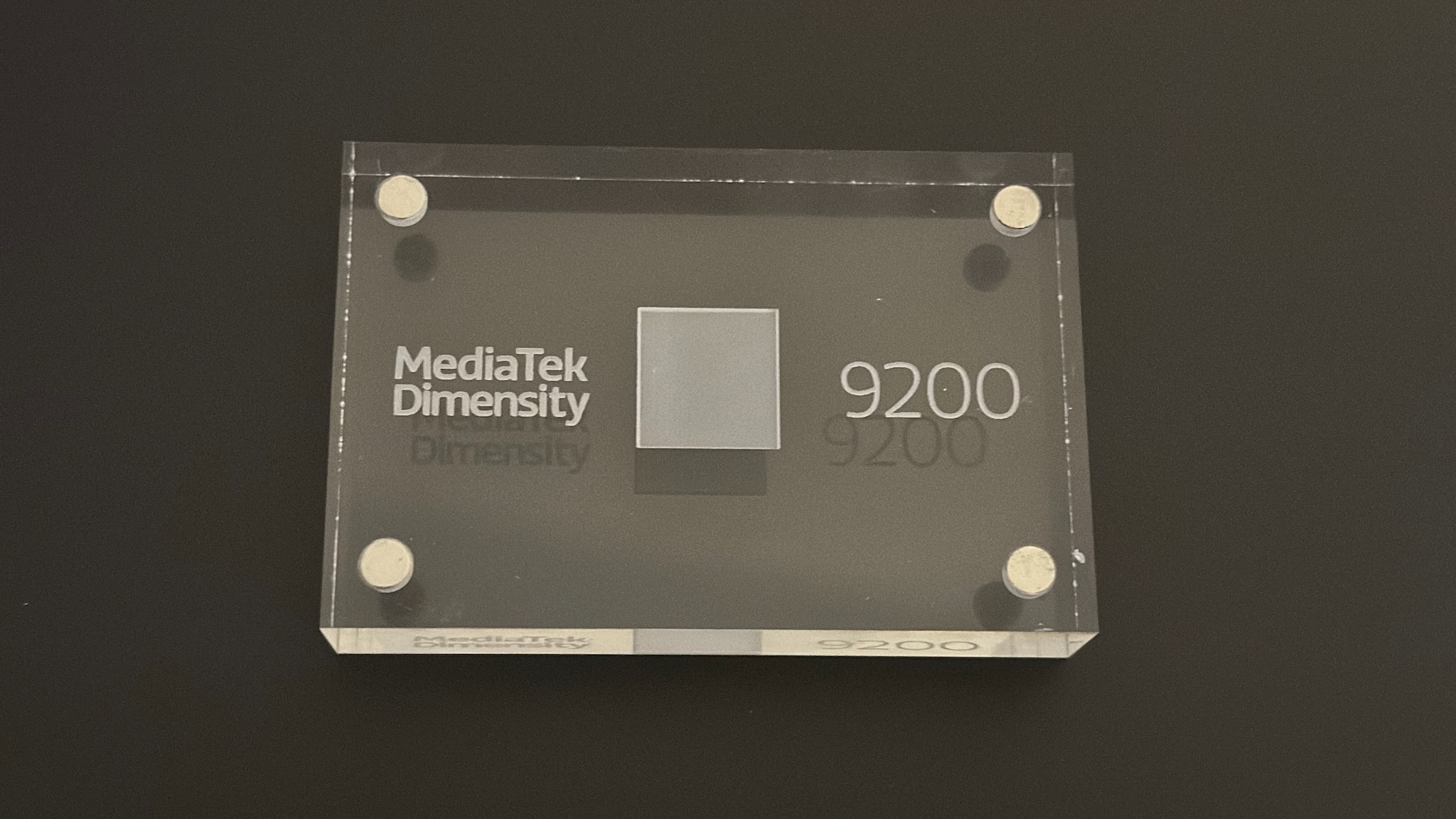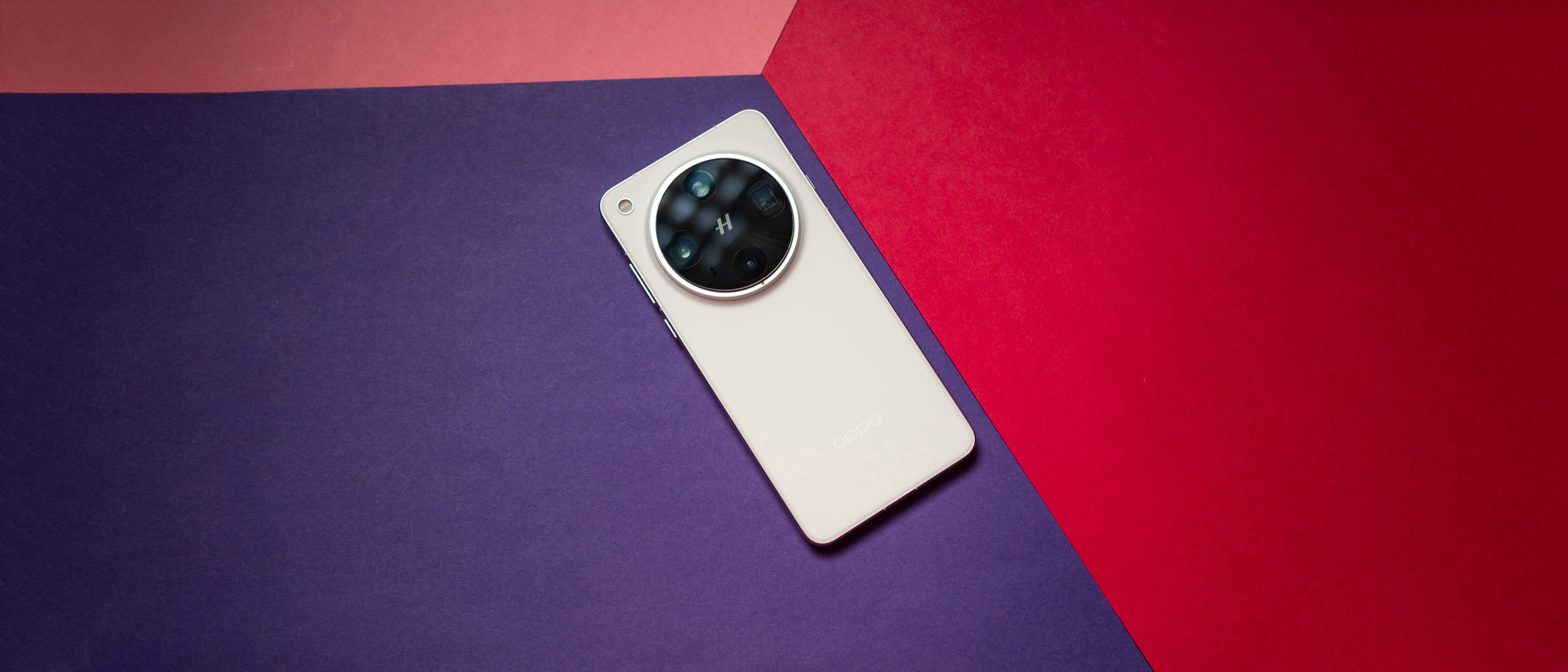MediaTek beats Qualcomm to the punch with Dimensity 9200 chip for 2023 Android flagships
The new MediaTek Dimensity chip adds support for Wi-Fi 7, mmWave 5G, 240Hz or 5K resolution, and other new perks.

What you need to know
- MediaTek announced the new 4nm Dimensity 9200 chip on Tuesday.
- It sports the new Cortex-X3 core, an upgrade over most 2022 Cortex-X2 phones.
- The 11-core Immortalis-G715 GPU will support hardware-based ray tracing while using 41% less power than the last generation.
- MediaTek also promises support for Wi-Fi 7, high-fidelity audio, and RGBW camera sensors.
One year after the Dimensity 9000 changed the Android silicon landscape and powered flagships from Xiaomi, OnePlus, OPPO, ASUS, and Vivo, MediaTek announced its successor, the new Dimensity 9200. And thanks to the addition of new features like mmWave 5G and Wi-Fi 7, more brands may choose to adopt the Snapdragon 8 rival instead.
The MediaTek Dimensity 9200 has one Arm Cortex-X3 chip clocked at 3.05GHz, three Cortex-A715 cores (2.85GHz), and four Cortex-A510s (1.8GHz). The 9000 matched its successor's number of cores and clock speeds, but the jump from Cortex-X2 to Cortex-X3 and A710 to A715 gives the 9200 a modest 12% single-core and 10% multi-core boost in performance.
The more important difference is that the Dimensity 9200 uses 25% less power and has improved heat dissipation that delays your phone's rise in temperature four times more efficiently than the last-gen chip, according to MediaTek. Given the problem many 2021 Android phones had with overheating and throttling, we hope this proves true in real-life use.
Similarly, the new Arm Immortalis-G715 GPU not only offers a 32% performance boost, it apparently does so while reducing power consumption by 41%. That'll make Dimensity 9200 phones less likely to run hot while playing demanding Android games.
This new GPU is also the first Arm unit with "hardware-based ray tracing." Previous chips like the Dimensity 9000 had a ray tracing SDK using Vulkan, whereas this chip presumably supports graphical settings like soft shadows, reflections, and occlusion directly through the GPU's architecture. The Exynos 2200 also added ray tracing via an AMD GPU, though that chip ended up underwhelming in overall performance.

While the Dimensity 9000 could run 144Hz QHD or 180Hz FHD phones, the Dimensity 9200 jumps up to 240Hz FHD or 5K at 60Hz. The former could be particularly useful for hardcore gaming phones like the ROG Phone lineup, especially if you consider the 9200's GPU upgrades.
Overall, the Dimensity 9200 produced a factory AnTuTu v9 score of 1,260,000, whereas most 2021 flagship phones score only slightly above or below one million. The LPDDR5X 8533Mbps memory and 35% boost to AI performance no doubt also help on this front.
Be an expert in 5 minutes
Get the latest news from Android Central, your trusted companion in the world of Android
Beyond its revamped speed and efficiency, the MediaTek Dimensity 9200 also has improved connectivity with mmWave and sub-6 5G support. Last year, our analysts said that North America was off-limits for MediaTek because the lack of mmWave for Verizon adoption made the Dimensity 9000 a non-starter.
But the 2022 Motorola Edge had solid performance backing its 144Hz display thanks to the Dimensity 1050 chip, the company's first to support mmWave. Now that the Dimensity 9200 also has mmWave, we could see Motorola, Samsung, and other brands choose to adopt MediaTek for their premier and mid-tier phones, as an alternative to Qualcomm.
MediaTek has even future-proofed the Dimensity 9200 with Wi-Fi 7 support, the first chip to do so. We don't know much about this new wireless standard, but MediaTek claims it'll give you 50% better coverage and 170% better throughput than Wi-Fi 6. But you'll need a router or network that supports the standard, which may not be widely available for some time.
MediaTek is claiming a lot of "firsts" with the Dimensity 9200. For instance, it says it's the first to support 24bit/ 192KHz audio, as well as the first to offer UFS 4.0 for much faster read speeds of your stored data. But we'll have to see how Qualcomm matches up; the company will soon have its own Snapdragon Summit on November 15, when it'll likely reveal the long-rumored Snapdragon 8 Gen 2 flagship chip.

Michael is Android Central's resident expert on wearables and fitness. Before joining Android Central, he freelanced for years at Techradar, Wareable, Windows Central, and Digital Trends. Channeling his love of running, he established himself as an expert on fitness watches, testing and reviewing models from Garmin, Fitbit, Samsung, Apple, COROS, Polar, Amazfit, Suunto, and more.
